A LINK BETWEEN THE PAST AND THE PRESENT
« I am convinced that the Camp des Milles will be an important, veryimportant place for the centuries to come. » Élie Wiesel Nobel Peace Prize winner
The Camp des Milles houses a large history museum with a strong focus on education and culture.
Founded on the history surrounding the place, the museum's action aims to increase the vigilance and responsibility of each of us in the face of racism, anti-Semitism and fanaticism of every kind:
- By keeping alive the memory and history of the Holocaust and the genocide crimes committed against Armenians, Gypsies and Tutsis, as well as the resistance to these crimes.
- By drawing on the scientific research that might help us understand the individual and collective processes that engendered such crimes, but also the capacities that allow people to fight back.
A place protected by 30 years of community action.
In late 2012, a Memorial was opened to the public along with an original thought-provoking tour through the site aimed at understanding our past. A landmark for our society today and tomorrow.
> An international scientific network created by the Camp des Milles Foundation and the University of Aix-Marseille was recognized as a "UNESCO Chair" in 2013.
CAMP DES MILLES : 1939 - 1942
A SURVIVING WITNESS FOR THE LOST WITNESSES
Through a rich and compelling collection of displays, audiovisual pieces and illustrations, the museum recounts the complex history of the Camp des Milles and of the men, women and children who experienced it.
First period: The Third Republic
September 1939 - June 1940
Internment camp for "enemy subjects"
Second period: The Vichy regime
July 1940-July 1942
Transit and internment camp for "undesirables"
Final period: Vichy - "The final solution"
August 1942 - September 1942
Jews deported to Auschwitz via Drancy
• 10,000 people of 38 nationalities interned here
• Over 2,000 Jews deported to Auschwitz
The "camp of artists"
One distinguishing feature of the Camp des Milles is the number and diversity of artworks produced by the interned.
More than 400 pieces were created here, some of which are on display at the camp today. This proliferation of art can be explained by the many artists and intellectuals (Max Ernst, Hans Bellmer, Lion Feuchtwanger and others) who channelled their creativity to resist
the persecution and dehumanisation to which the interned were subjected.
EXPLORE
THE HISTORY AREA
A mass roundup in the south of France before the German occupation.
The threats that escalated across Europe between 1919 and 1939 are explained before visitors are shown a presentation of the general history of the camp illustrated by some of the individuals who were caught up in this tragedy.
Further spaces delve into the history of Vichy, the internment camps and the Holocaust, and exhibit artworks created during the first two periods of the camp's existence.
LEARN
THE REMEMBRANCE AREA
A tour of three floors brings the visitors into direct contact with the internment areas, preserved in remembrance.
The tour includes areas where the interned slept, parts of the building where some fortunate individuals managed to hide and survive, or even a look at illustrations and paintings left by the interned on the walls, fragile testimonials carefully brought to light by archaeologists.
UNDERSTAND
THE REFLECTION AREA
To do nothing is to be complicit.
What would I do tomorrow if…?
This area - unique for a memorial site - presents scientific research and experiments that allow us to better understand how human behaviour can result in genocide, and how it can be prevented and resisted more effectively.
This section features films, audio archives and interactive displays where visitors can trace the barbaric events from their beginnings.
This place of reflection ends at a "Wall of Just Acts" that documents the variety of possible actions of resistance and rescue and the wide diversity of men and women, no different from you or me, who each made a significant difference in his or her own way.
NATIONAL PERMANENT EXHIBITION
created by Serge Klarsfeld and the Association des Fils et Filles des Déportés Juifs de France on the 11,400 Jewish children deported from France to Auschwitz (original documents)
PAINTING GALLERY
displaying impressive murals painted by interned artists in 1940-1941, restored and made open to the public in the former guards' canteen
PATH OF THE DEPORTED,
once taken by Jewish men, women and children to join the deportation convoys travelling to Auschwitz.
A WAGON OF REMEMBRANCE
marks the exact location of these deportations.
A YEAR-ROUND PROGRAMME OF EVENTS FOR EVERYBODY
In addition to the visit, the Memorial site offers a range of different activities: cultural events (specifically for young visitors or the general public), permanent and temporary exhibitions; conferences, forums, debates, films, educational workshops and more.

The Telegraph's report on Les Milles Camp :

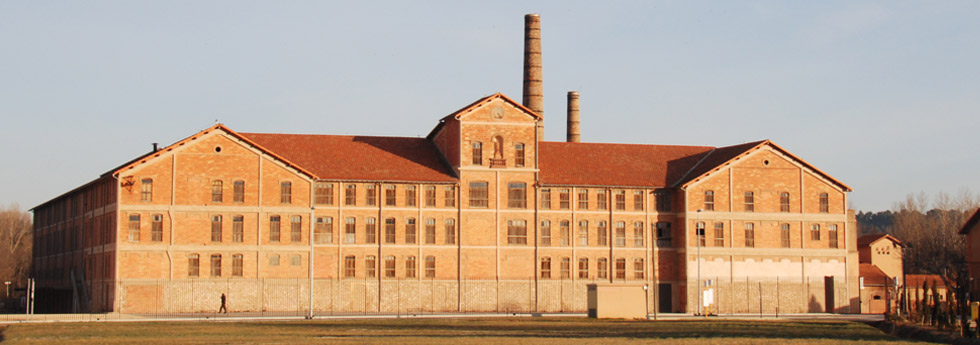
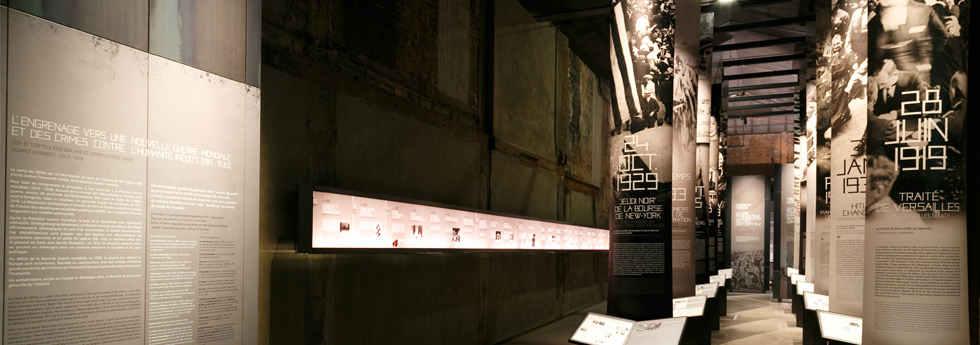
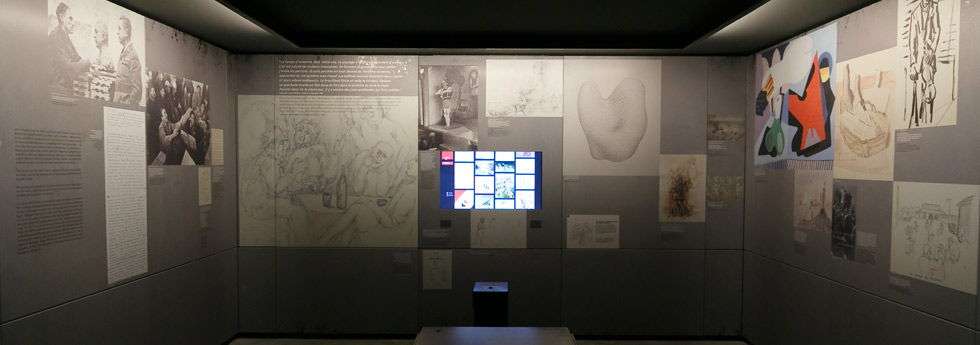
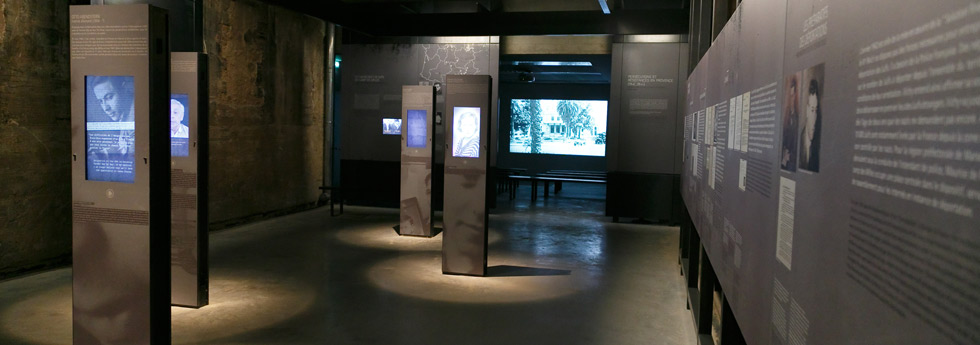
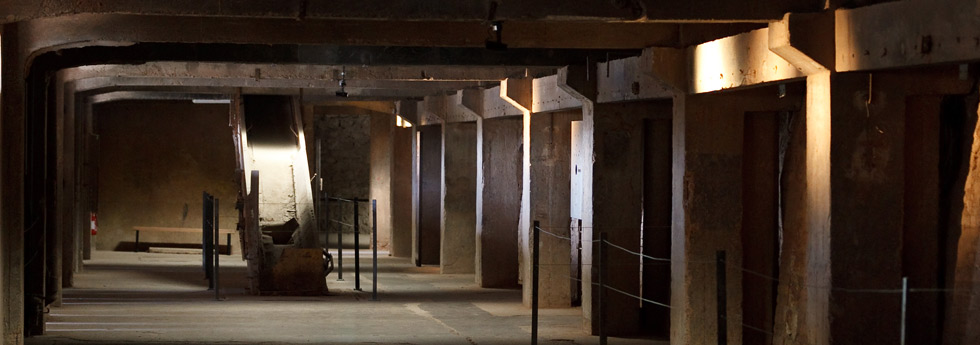
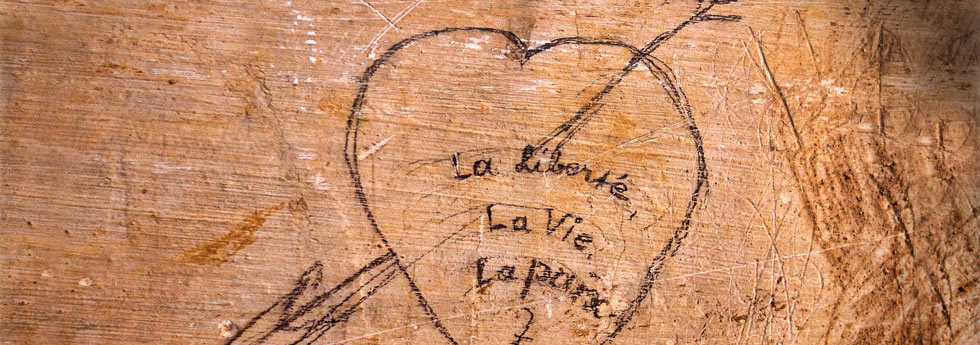
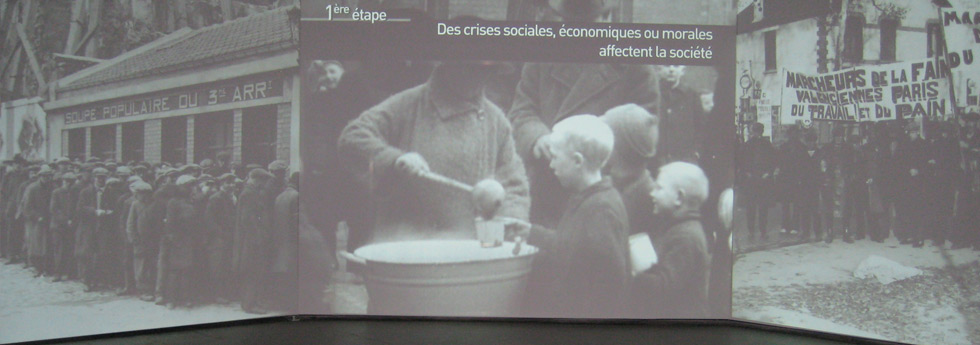
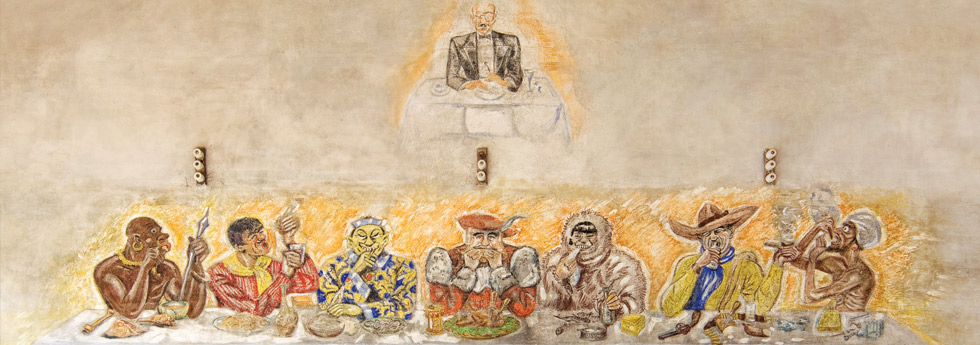
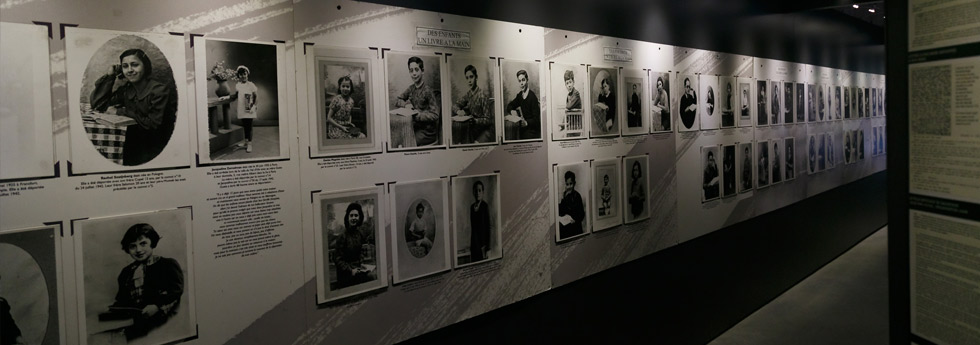
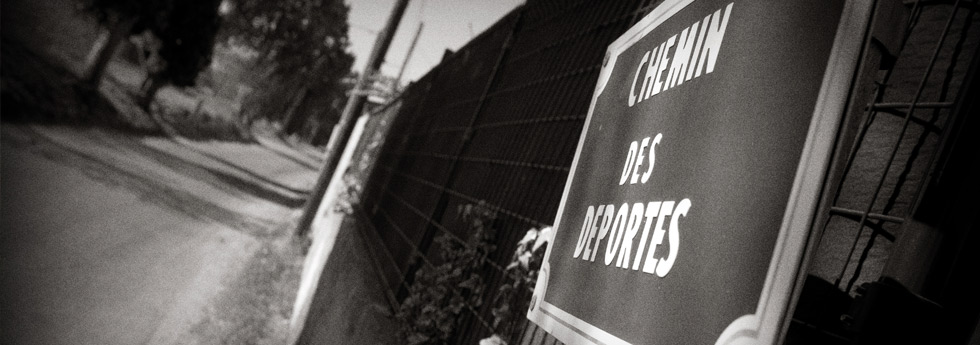
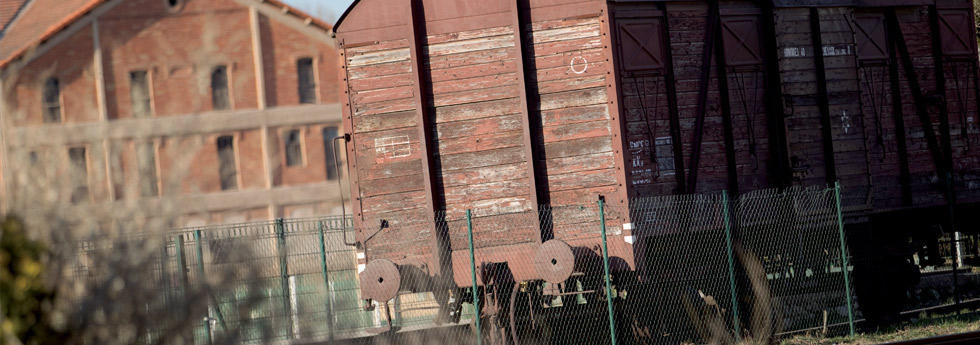
 Access
Access Useful Informations
Useful Informations Interactive tool
Interactive tool